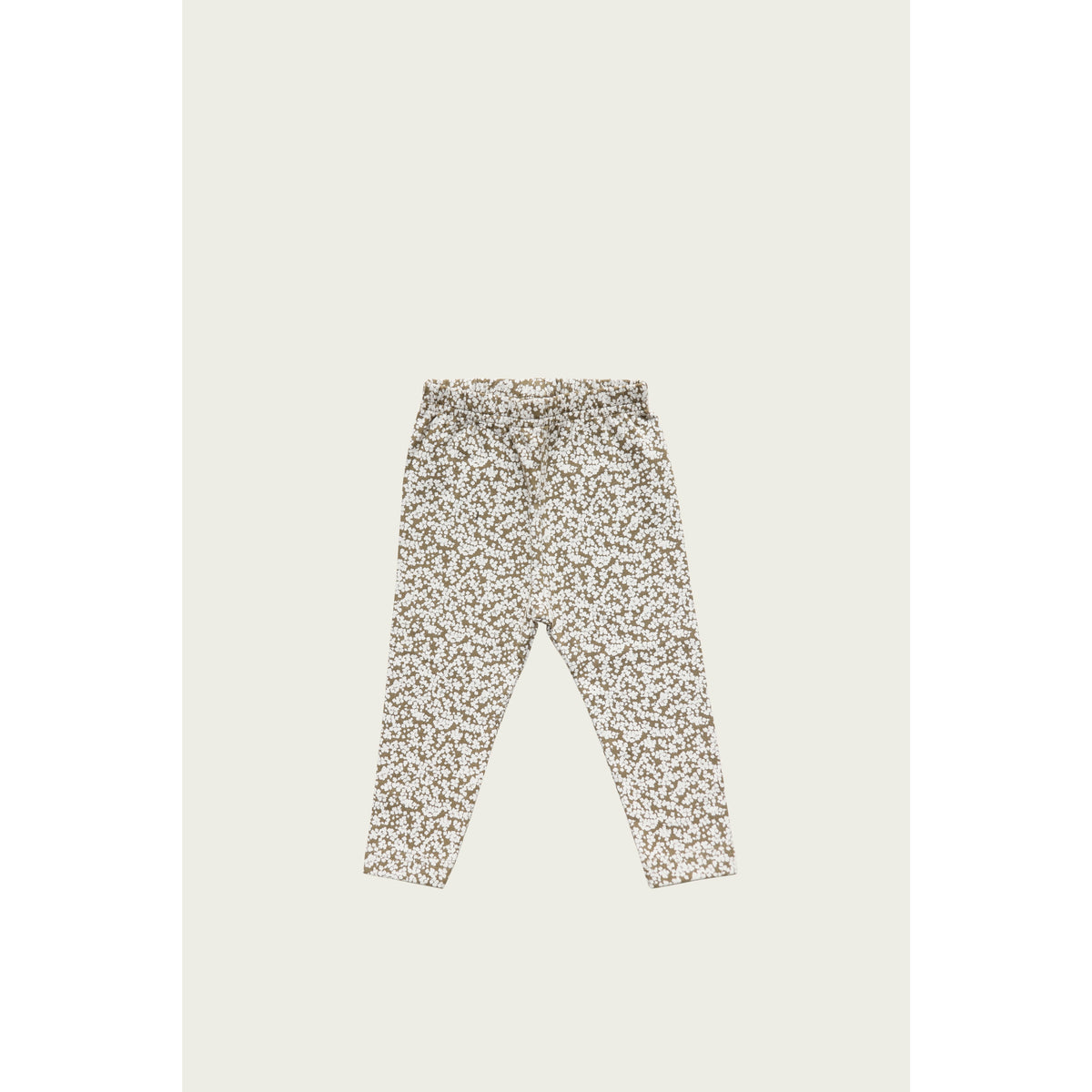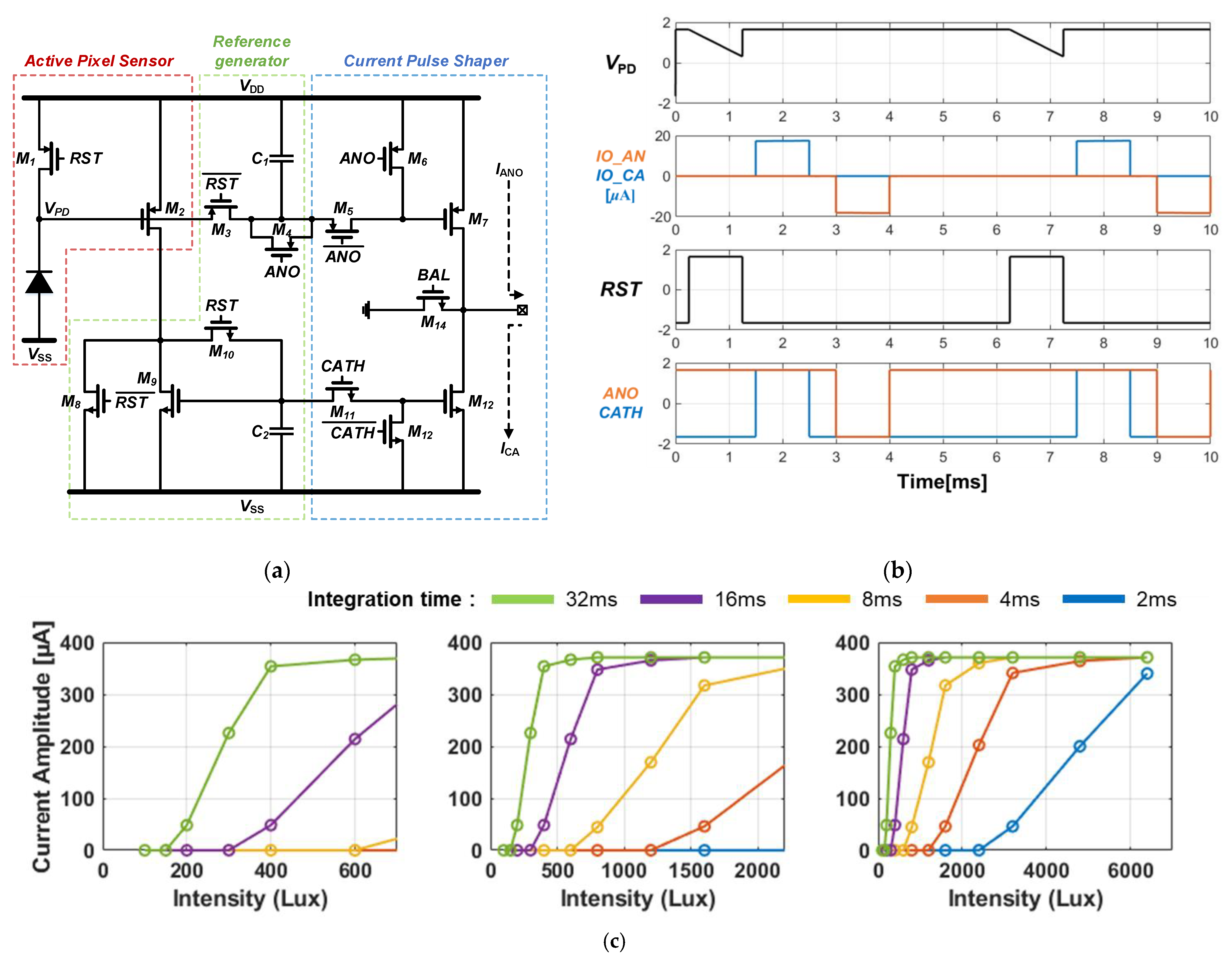This paper introduces an ambient light rejection (ALR) circuit for the autonomous adaptation of a subretinal implant system. The sub-retinal implants, located beneath a bipolar cell layer, are known to have a significant advantage in spatial resolution by integrating more than a thousand pixels, compared to epi-retinal implants. However, challenges remain regarding current dispersion in high-density retinal implants, and ambient light induces pixel saturation. Thus, the technical issues of ambient light associated with a conventional image processing technique, which lead to high power consumption and area occupation, are still unresolved. Thus, it is necessary to develop a novel image-processing unit to handle ambient light, considering constraints related to power and area. In this paper, we present an ALR circuit as an image-processing unit for sub-retinal implants. We first introduced an ALR algorithm to reduce the ambient light in conventional retinal implants; next, we implemented the ALR algorithm as an application-specific integrated chip (ASIC). The ALR circuit was fabricated using a standard 0.35-μm CMOS process along with an image-sensor-based stimulator, a sensor pixel, and digital blocks. As experimental results, the ALR circuit occupies an area of 190 µm2, consumes a power of 3.2 mW and shows a maximum response time of 1.6 s at a light intensity of 20,000 lux. The proposed ALR circuit also has a pixel loss rate of 0.3%. The experimental results show that the ALR circuit leads to a sensor pixel (SP) being autonomously adjusted, depending on the light intensity.
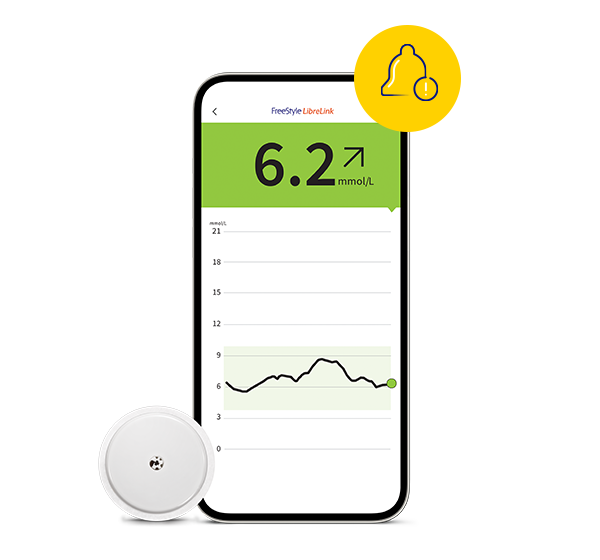
Sampling, Diabetes Care
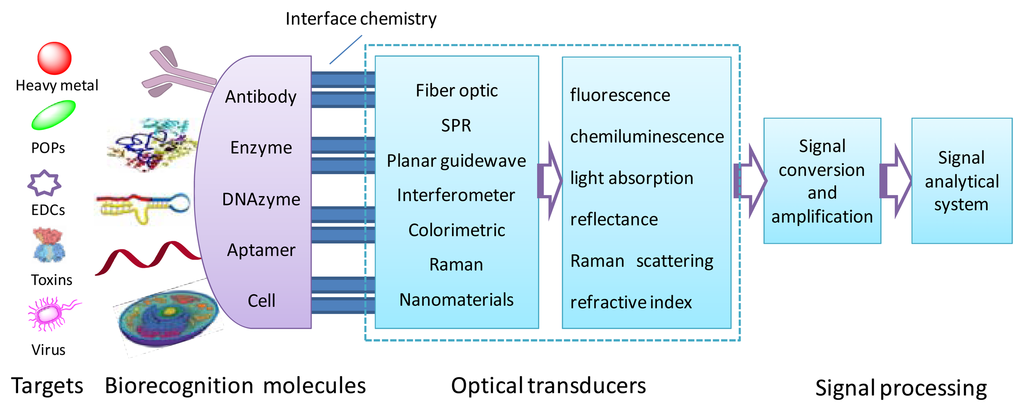
Sensors, Free Full-Text
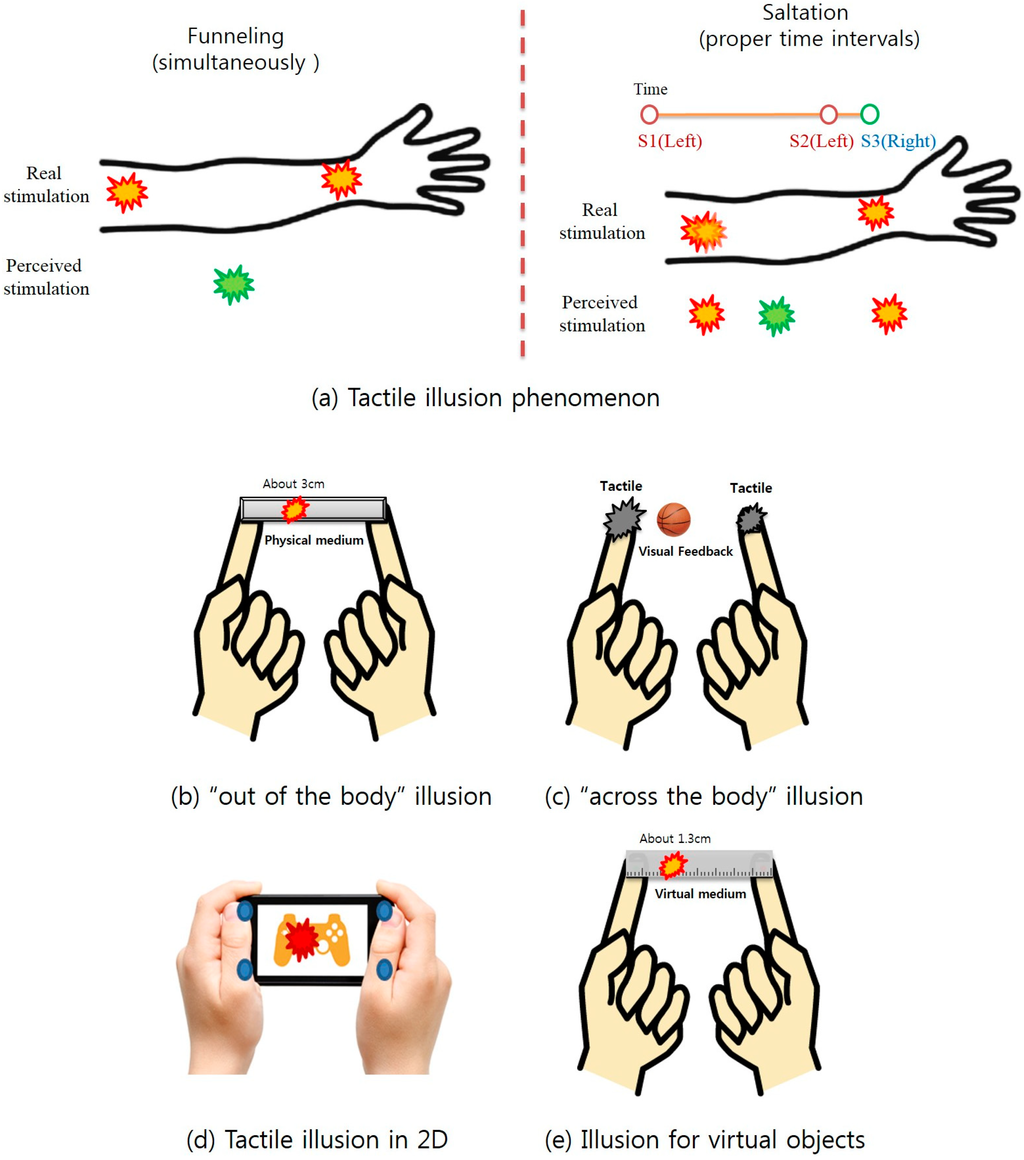
Sensors, Free Full-Text
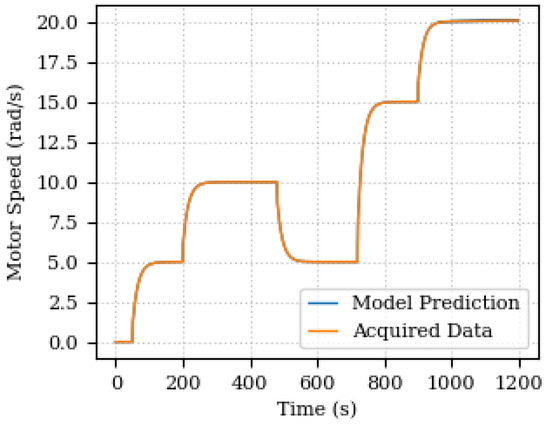
Sensors, Free Full-Text, mini box ribeiro

Sensors, Free Full-Text, CropDeep: The Crop Vision Dataset for Deep-Learning-Based Classif…
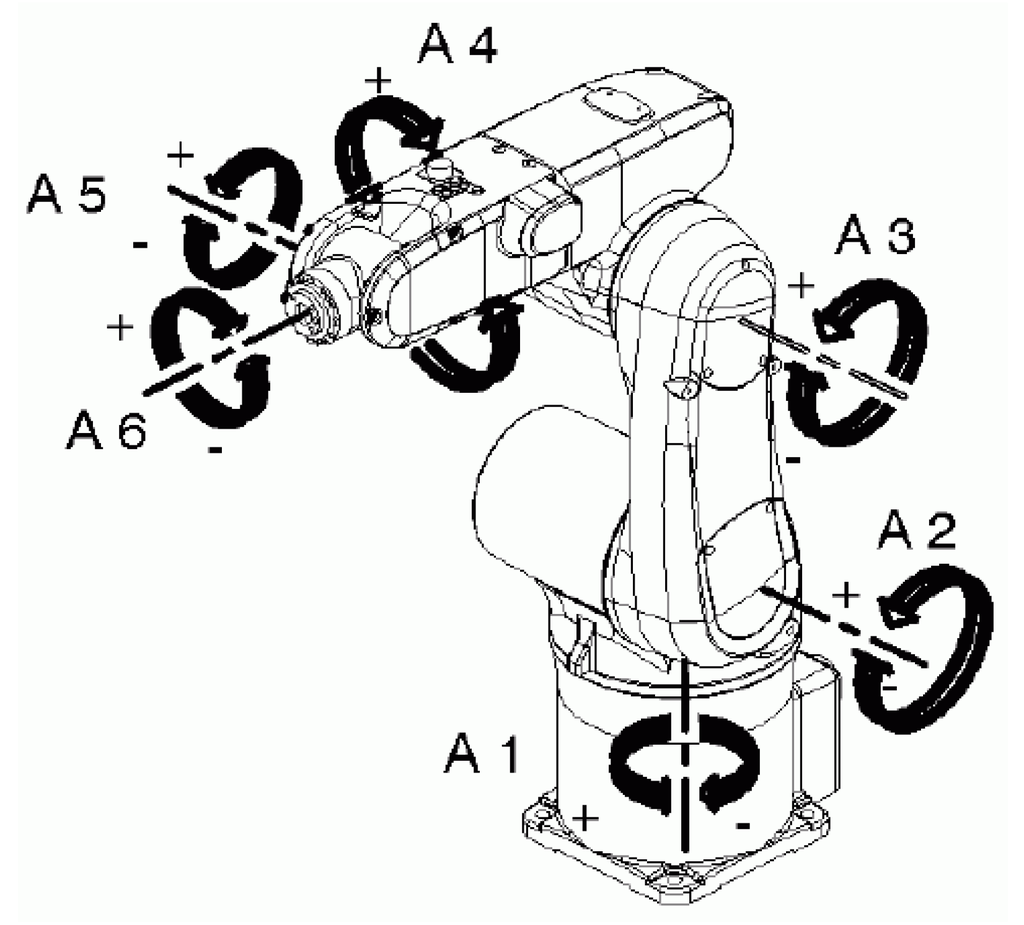
The Hottest Design Sensors, Free Full-Text, bioelectrical impedance

Battery-free, wireless sensors for full-body pressure and temperature mapping
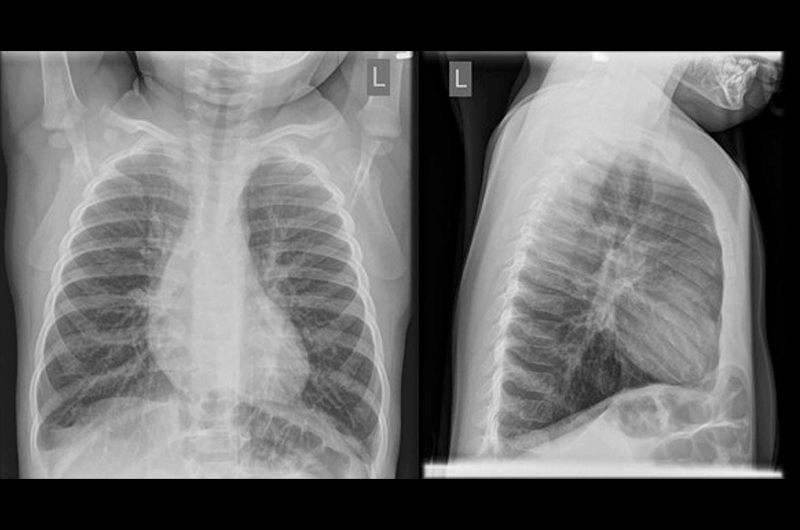
Sensors Free Full-Text Chest X-ray Classification For The, 52% OFF

Sensor Covers for Libre 3, Waterproof-50 Pack Adhesive Patches,Transparent CGM Overpatch Tape Lasting to 14 Days-Without Hole-HECHUAN : Health & Household

Sensors, Free Full-Text, Pantograph
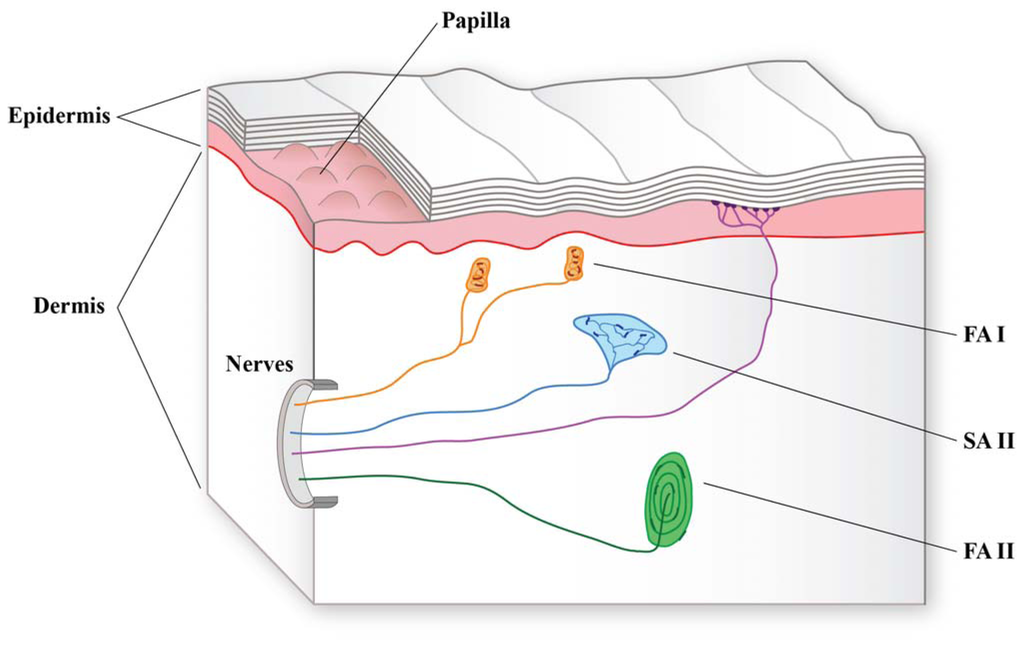
Sensors, Free Full-Text

Self-Organized, Scalable GPS-Free Localization of Wireless Sensors

Sensors Free Full-Text Chest X-ray Classification For The, 52% OFF

Receptor free fluorescent and colorimetric sensors for solution and vapor phase detection of hazardous pollutant nitrobenzene; a new structural approach to design AIEE active and piezofluorochromic sensors - ScienceDirect
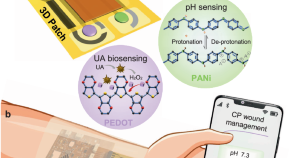
Sensors - Latest research and news


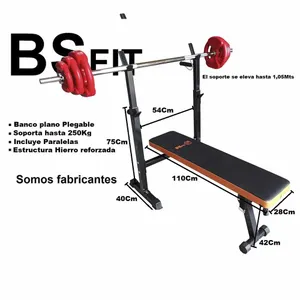

)
